In an era characterized by rapid technological advancements and fierce competition, the successful execution of initiatives is not merely a matter of completing tasks on time and within budget. Quality management has emerged as a critical factor in ensuring that an initiative meets its intended objectives while satisfying stakeholders. This article seeks to explore the essence of a Quality Management Plan (QMP), its pivotal role in the planning phase of any initiative, and how one can construct an effective QMP that caters to the unique requirements of various projects.
Quality management encompasses far more than mere compliance with standards; it is about fostering a culture of excellence that permeates every aspect of a project. From inception to delivery, managing quality effectively can lead to substantial benefits that enhance stakeholder satisfaction and overall project outcome. Thus, recognizing the importance of a well-defined QMP during the early stages of planning is not just prudent but essential.
Understanding Quality Management in Projects
To grasp the significance of quality management within initiatives, we first need to understand what quality means in this context. Quality can be defined as the degree to which a set of inherent characteristics fulfills requirements. In project terms, quality encompasses not only the final deliverables but also the processes employed to achieve those deliverables. It involves meeting the needs and expectations of stakeholders while adhering to defined standards and specifications.
Within the realm of quality management, it is crucial to distinguish between Quality Assurance (QA) and Quality Control (QC). QA is a proactive process that focuses on preventing defects by ensuring that the right processes are established and followed. Conversely, QC is a reactive approach that aims to identify defects in the final products or services. Both QA and QC are integral components of a successful quality management strategy, and understanding their differences enables project leaders to implement effective measures that ensure quality throughout the project's lifecycle.
The importance of quality management planning cannot be overstated. Strategic quality management planning helps in identifying potential risks, setting appropriate quality benchmarks, and aligning the project activities with the intended outcomes. By addressing quality early in the project, teams can reduce the chances of defects and failures, ultimately leading to greater success and satisfaction for all stakeholders involved.
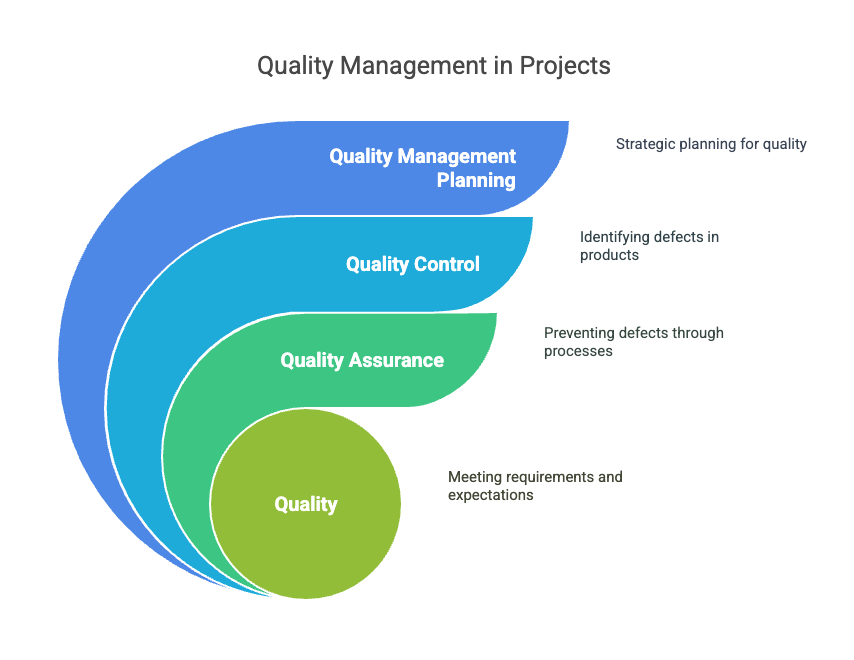
Benefits of a Robust Quality Management Plan
A robust Quality Management Plan brings forth several advantages that can significantly enhance the effectiveness of an initiative. One of the most pressing quality objectives is the reduction of errors and defects. By implementing a comprehensive QMP, teams can systematically identify and address issues before they escalate, thus promoting a smoother execution phase. The proactive identification of risk factors not only helps in minimizing defects but also saves valuable time and resources that could be better spent elsewhere.
In addition to reducing errors, a well-structured QMP fosters increased customer satisfaction. Delivering high-quality outcomes aligns closely with fulfilling client expectations. When stakeholders perceive that their needs are understood and met, it results in enhanced trust and loyalty toward the organization. A satisfied customer is likely to return and even recommend the services to others, providing a significant competitive edge.
Moreover, quality management can lead to improved efficiency and cost savings. By streamlining processes and eliminating redundancies, organizations can operate more smoothly. This not only speeds up project delivery times but also reduces costs associated with rework and corrective actions. It is a win-win scenario for all parties involved, reinforcing the importance of integrating quality management into the core strategies of project planning.
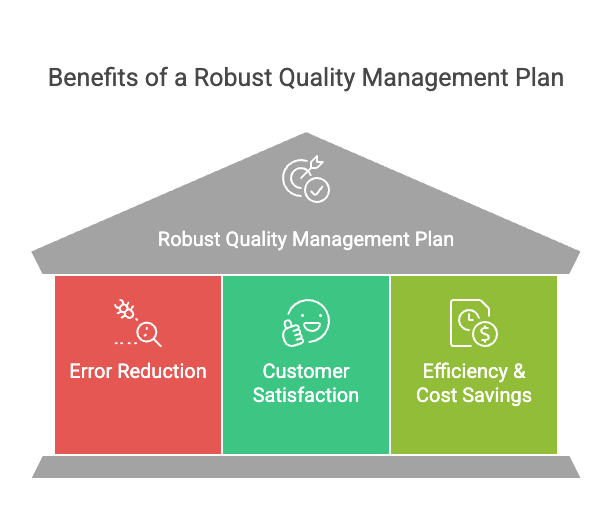
Integrating Quality Management into the Project Plan
To truly reap the benefits of quality management, it's essential to integrate it seamlessly into the overall project plan. Quality activities should align with the project’s scope, schedule, and budget, ensuring that they do not become an afterthought. This alignment enables project leaders to allocate resources more efficiently, thereby enhancing the chances of successful outcomes.
Another critical aspect to consider when planning for quality management is the influence of external factors such as industry standards and regulations. These external factors play a vital role in outlining the acceptable quality criteria and guidelines for a project. By understanding and considering these standards, teams can ensure compliance, mitigate risks, and maintain a competitive advantage in their respective fields.
By integrating quality management into the broader project framework from the outset, teams can create a continuous feedback loop that allows for real-time evaluation of quality metrics, adjustments to processes, and the application of lessons learned. This inherent adaptability leads to an overall culture of quality that benefits all stakeholders involved.
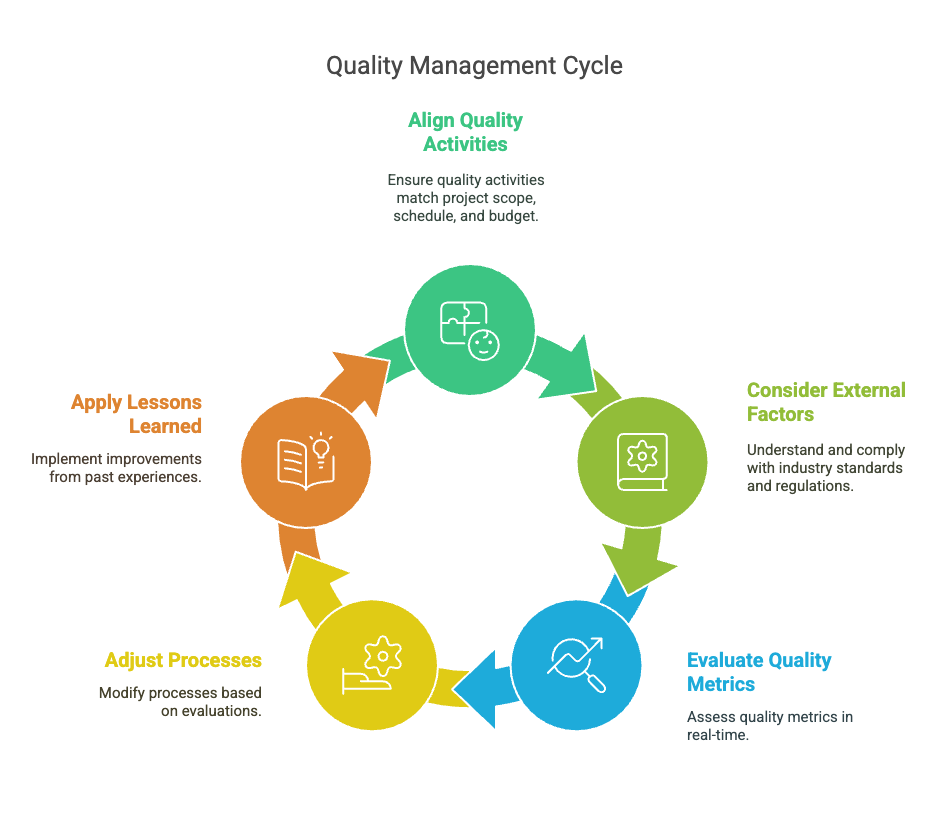
Creating a Quality Management Plan
Now that we've established the importance of quality management, the next step is to create an effective Quality Management Plan. A well-thought-out QMP comprises several key components, starting with Quality Standards. Identifying relevant quality standards, regulations, and best practices is crucial to ensure the project meets industry specifications. This step lays the groundwork for the baseline expectations of quality throughout the initiative.
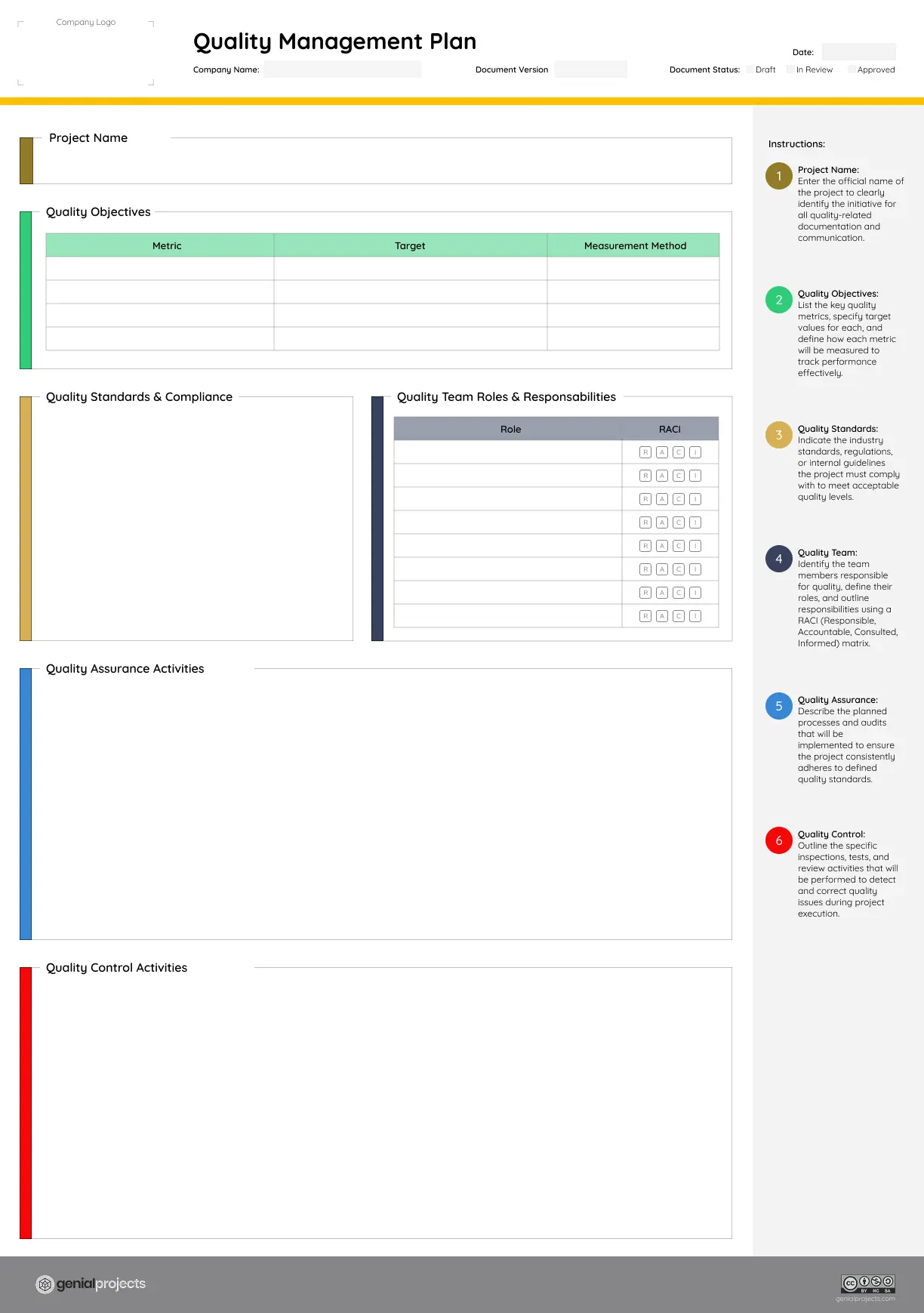
Free Quality Management Plan Template
Plantilla de Plan de Gestión de Calidad gratis
Another essential component is the establishment of Quality Objectives. Setting clear and measurable quality objectives provides a concrete framework for assessing project success. These objectives should encompass specific metrics, determined targets, and corresponding measurement methods, allowing teams to gauge their progress accurately and adjust their approaches as necessary.
Additionally, defining Roles and Responsibilities within the project team is crucial for effective quality management. Clarity in roles ensures that everyone understands their contributions toward achieving quality goals, fostering accountability and teamwork. This approach minimizes the likelihood of oversight and promotes a culture of shared ownership regarding quality outcomes.
Moreover, outlining Quality Control Activities is integral to any QMP. Detailing activities such as inspections and tests allows teams to establish rigorous quality assessments that can detect issues early. Similarly, describing Quality Assurance Activities, including processes and audits, ensures that ongoing adherence to quality standards is sustained throughout the project’s lifecycle, further mitigating risks of failure.
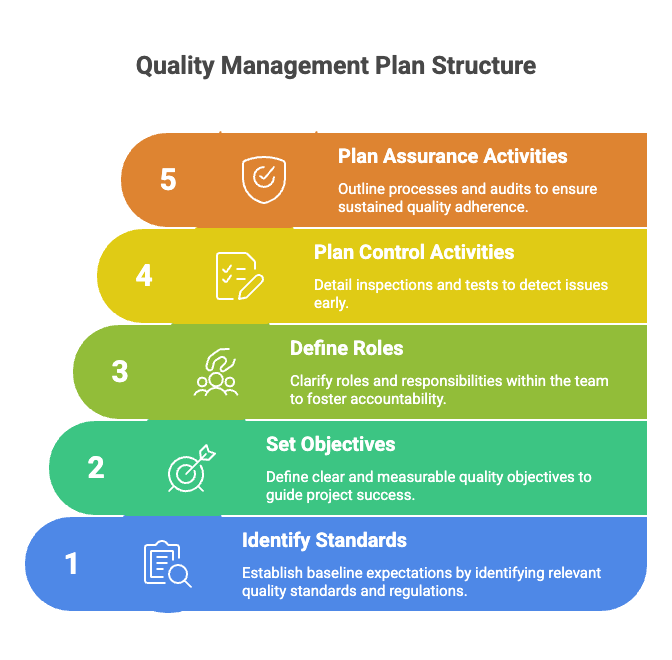
Challenges in Quality Management Planning
Despite the clear importance of quality management planning, teams may encounter several challenges in the process. One of the primary obstacles is identifying and addressing potential quality issues proactively. This requires thorough forethought, extensive research, and continuous engagement with stakeholders to understand their expectations and concerns. The unaddressed issues can lead to significant setbacks during execution, underscoring the need for vigilance.
Another common challenge is ensuring stakeholder buy-in for quality standards. It can be difficult to align all stakeholders around a shared vision of quality, particularly when departments or individuals have differing priorities. Effective communication and collaboration strategies, along with the involvement of stakeholders in the QMP’s creation, can facilitate greater commitment and accountability toward shared quality objectives.
Equally important is the specification of the right tools and techniques for quality management. Selecting appropriate methods, such as checklists or statistical sampling, is crucial for effective quality control. Teams also need to establish procedures for quality documentation and reporting, ensuring that all quality-related data is captured and easily accessible. Lastly, it is essential to plan for continuous quality improvement throughout the project. By fostering a mindset of perpetual enhancement, teams can adapt and evolve their practices to meet changing demands and expectations.

Key Takeaways
In summary, quality management planning plays an indispensable role in the success of any initiative. It serves as the backbone for ensuring that all project activities are conducted with a focus on quality, and it directly impacts stakeholder satisfaction and overall project effectiveness.
A comprehensive Quality Management Plan not only assists in setting clear expectations and standards for quality but also fosters a culture of excellence among team members. Ultimately, the benefits gained from robust quality management — including reduced errors, increased customer satisfaction, and improved efficiency — extend beyond individual projects, contributing to long-term success for organizations in today’s competitive landscape.
By prioritizing quality management from the outset and ensuring its integration throughout all phases of an initiative, teams can mitigate risks and enhance overall performance, laying the foundation for ongoing success in future endeavors.